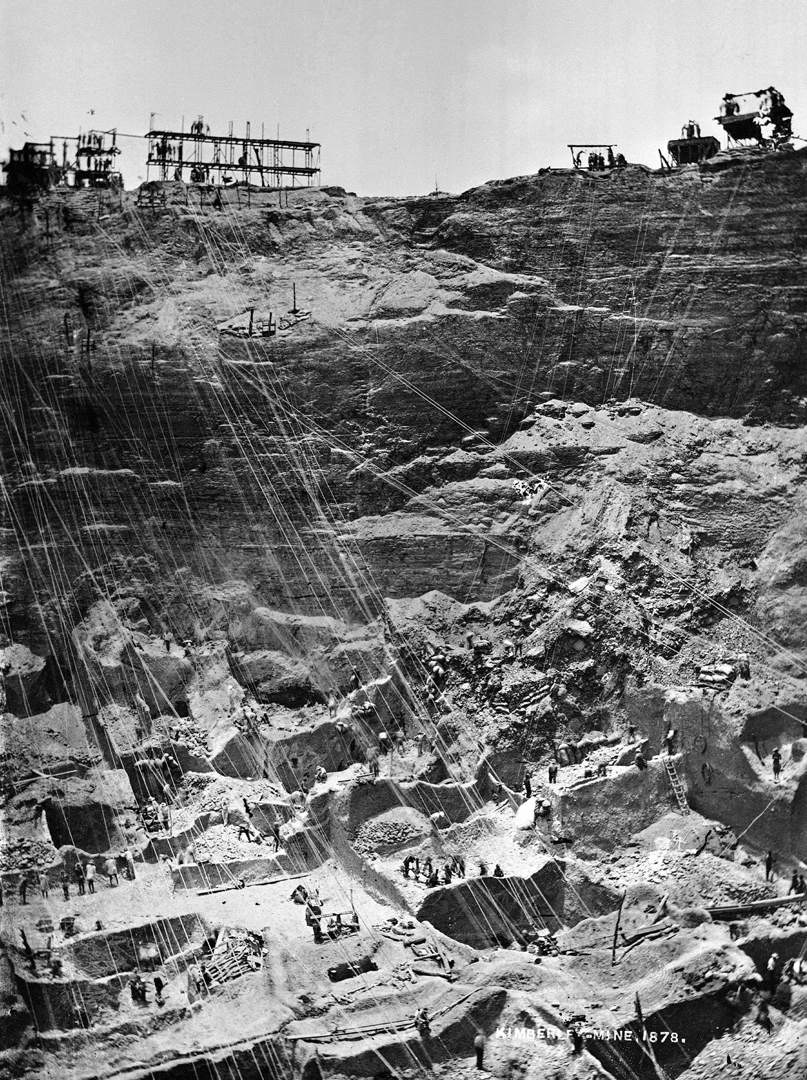

The monarchy came to an end on, replaced by a republic as the consequence of a 1960 referendum, which legitimised the country becoming the Republic of South Africa.įrom 1948–1994, South African politics was dominated by Afrikaner nationalism. The country became a fully sovereign nation state within the British Empire, in 1934 following enactment of the Status of the Union Act.

The discoveries also led to new conflicts culminating in open warfare between the Boer settlers and the British Empire, fought essentially for control over the nascent South African mining industry.įollowing the defeat of the Boers in the Anglo–Boer or South African War (1899–1902), the Union of South Africa was created as a self-governing dominion of the British Empire on in terms of the South Africa Act 1909, which amalgamated the four previously separate British colonies: Cape Colony, Colony of Natal, Transvaal Colony, and Orange River Colony. The discoveries of diamonds and gold in the nineteenth century had a profound effect on the fortunes of the region, propelling it onto the world stage and introducing a shift away from an exclusively agrarian-based economy towards industrialisation and the development of urban infrastructure. įollowing the Invasion of the Cape Colony in 17, mass migrations collectively known as the Great Trek occurred during which the Voortrekkers established several Boer settlements on the interior of South Africa.
Diamond rush south africa born distrust free#
The Dutch East India Company established a trading post in Cape Town under the command of Jan van Riebeeck in 1652, European workers who settled at the Cape became known as the Free Burghers and gradually established farms in the Dutch Cape Colony. In the 14th and 15th century, Portuguese explorers traveled down the west African Coast, detailing and mapping the coastline and in 1488 they rounded the Cape of Good Hope. European exploration of the African coast began in the 13th century when Portugal committed itself to discover an alternative route to the silk road that would lead to China. While some maintained separateness, others were grouped into a category known as Coloureds, a multiracial ethnic group which includes people with shared ancestry from two or more of these groups: Khoisan, Bantu, English, Afrikaners, Austronesians, East Asians and South Asians. These groups were displaced or sometimes absorbed by migrating Africans (Bantus) during the Bantu expansion from Western and Central Africa. The first nations of South Africa are collectively referred to as the Khoisan, the Khoi Khoi and the San separately. After the discovery of hominins at Taung and australopithecine fossils in limestone caves at Sterkfontein, Swartkrans, and Kromdraai these areas were collectively designated a World Heritage site. South Africa's prehistory has been divided into two phases based on broad patterns of technology namely the Stone Age and Iron Age.

The first modern humans are believed to have inhabited South Africa more than 100,000 years ago. It replaced the flag that had been used since 1928, and was chosen to represent multiculturalism and ethnic diversity in the country's new, post-apartheid democratic society. The flag of Republic of South Africa was adopted on 26 April 1994.

Civil and state flag, civil and state ensign


 0 kommentar(er)
0 kommentar(er)
